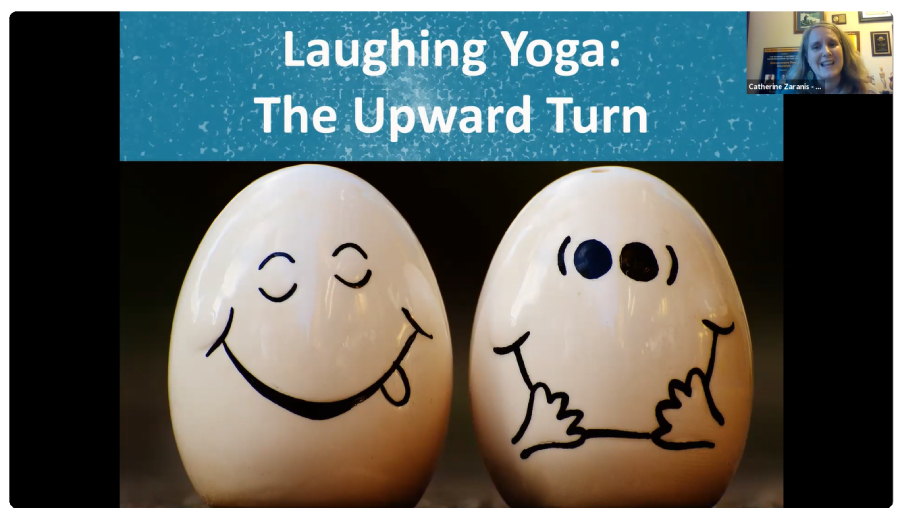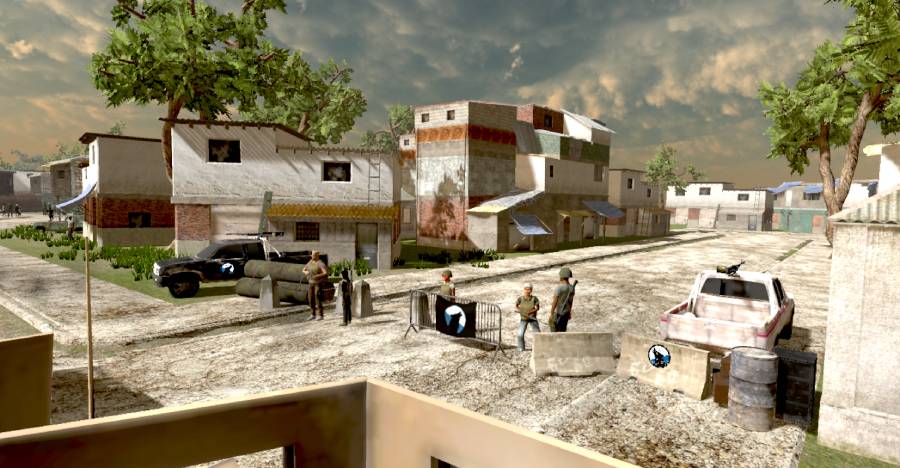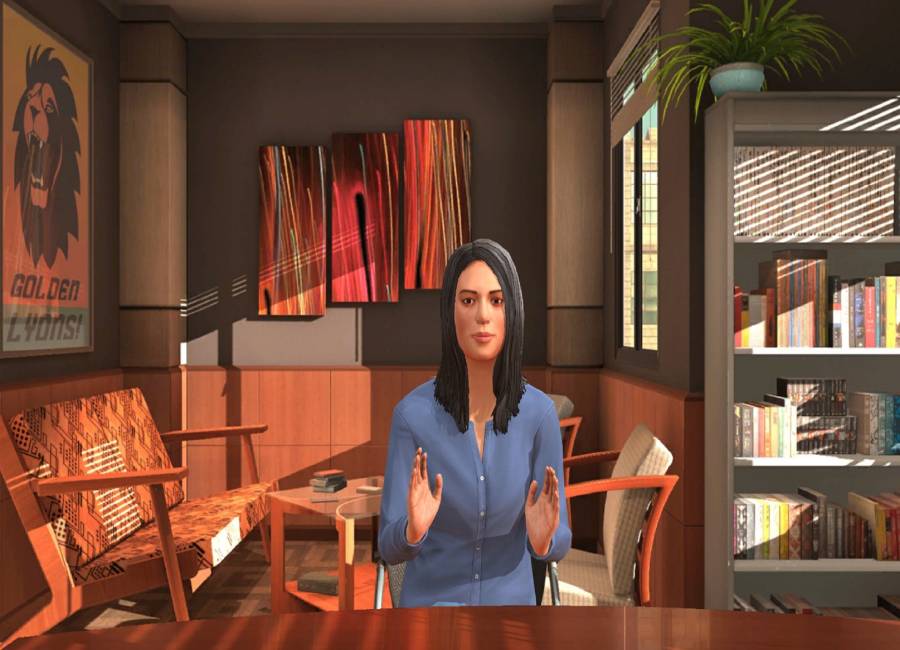More Models of Online Engagement: The Variety Show with a Big Zoom Shift

Expanding the Models of Virtual Engagement: The Variety Show
June 16, 2020C2 Technologies’ Dolly Oberoi is Improving Human Performance by Training in the Metaverse
March 15, 2022I was so enamored with Elliott Masie’s “Variety Show” format for online engagement that I decided to try it myself at last month’s DCATD Leadership Development Community of Practice meeting. In this meeting, participants experienced streaming music, Chat, Laughing Yoga, Virtual Reality and Second Life demonstrations, an interactive simulation, discussion, and live music.
As an extra challenge, this meeting also included what I like to call “the Big Zoom Shift,” as all 22 participants had to leap from one Zoom room to another.
The Grand Experiment
The image below shows the meeting’s overall format.

We replaced the awkward Zoom gathering moments with music streamed from Pandora and a slide asking participants to introduce themselves in Chat and describe their interest in the topic: Immersive Simulations for Leadership Development.
After a brief welcome and introductions, we energized ourselves and reset our brains with Laughing Yoga by Catherine Zaranis.

Next, we watched some demonstrations of leadership development programs offered via Virtual Reality and Second Life. The image below is from a virtual reality program on Children of Armed Conflicts, which C2 created for NATO.

Then it was time for the Big Zoom Shift—to move to the Zoom room used for an immersive leadership development simulation. We put the link to the new Zoom room into Chat and gave people 5 minutes to make the transition. One person stayed in the original Zoom room to help with any problems.
Once everyone was in the new Zoom room, our guide, Dr. Andy Clayton, ran us through two simulations followed by debriefing and discussion.

In the first simulation, a volunteer worked with some avatars, run by actors behind the scenes for greater realism, to resolve a conflict between two coworkers.
In the second simulation, a volunteer had to help an avatar employee who was overwhelmed with managing the challenges of a new baby while her husband was deployed overseas.
After final thoughts and announcements, an instructional designer—who also happens to be a musician—played a short concert on her saxophone to close out the event, what Masie calls “playing us out.” Participants typed their final thoughts in Chat.

Lessons Learned
Overall, participants found this to be a positive learning experience, as indicated by their final Chat entries:
“Thank you this was great”
“Thank you for the opportunity to be a part of the new innovations!”
“Great session.”
The music at the beginning wasn’t quite as seamless as I had hoped it would be. That experience works best when carefully coordinated between two people, with one playing the music and the other displaying the visuals. That way, the audience doesn’t have to see you maneuvering to turn the music on and off.
Using the Pandora streaming service was easy, but there is the chance an ad will interrupt the show. I’d like to do more with live music—maybe some concerts from my friends in community theater or maybe playing some of the virtual concerts that so many great artists have posted online.
The Laughing Yoga was a great way to energize the audience and get them ready to pay attention. It also helped to reduce screen fatigue. I will definitely be looking for more opportunities to include physical activity in online sessions.
The Big Zoom Shift went fairly well. We had a slight password problem, but the person who stayed in the original Zoom room was able to resolve that issue quickly. So, within 5 minutes, all 22 participants had successfully transitioned to the new Zoom room.
The live music at the end created soothing closure to the event. I had expected people to drop off after the formal presentation ended, but everyone stayed on for the concert, and they filled the Chat with positive comments.









